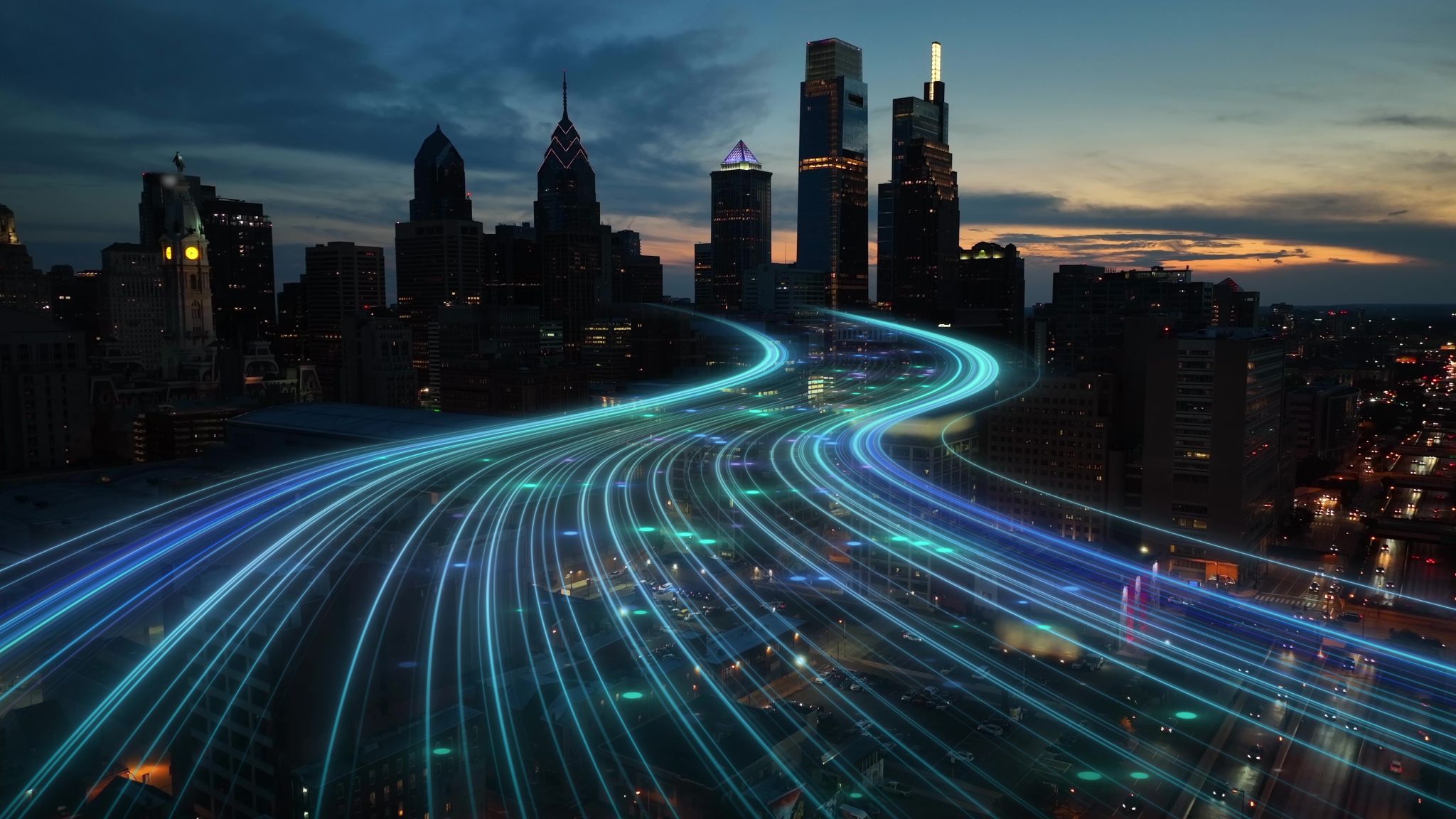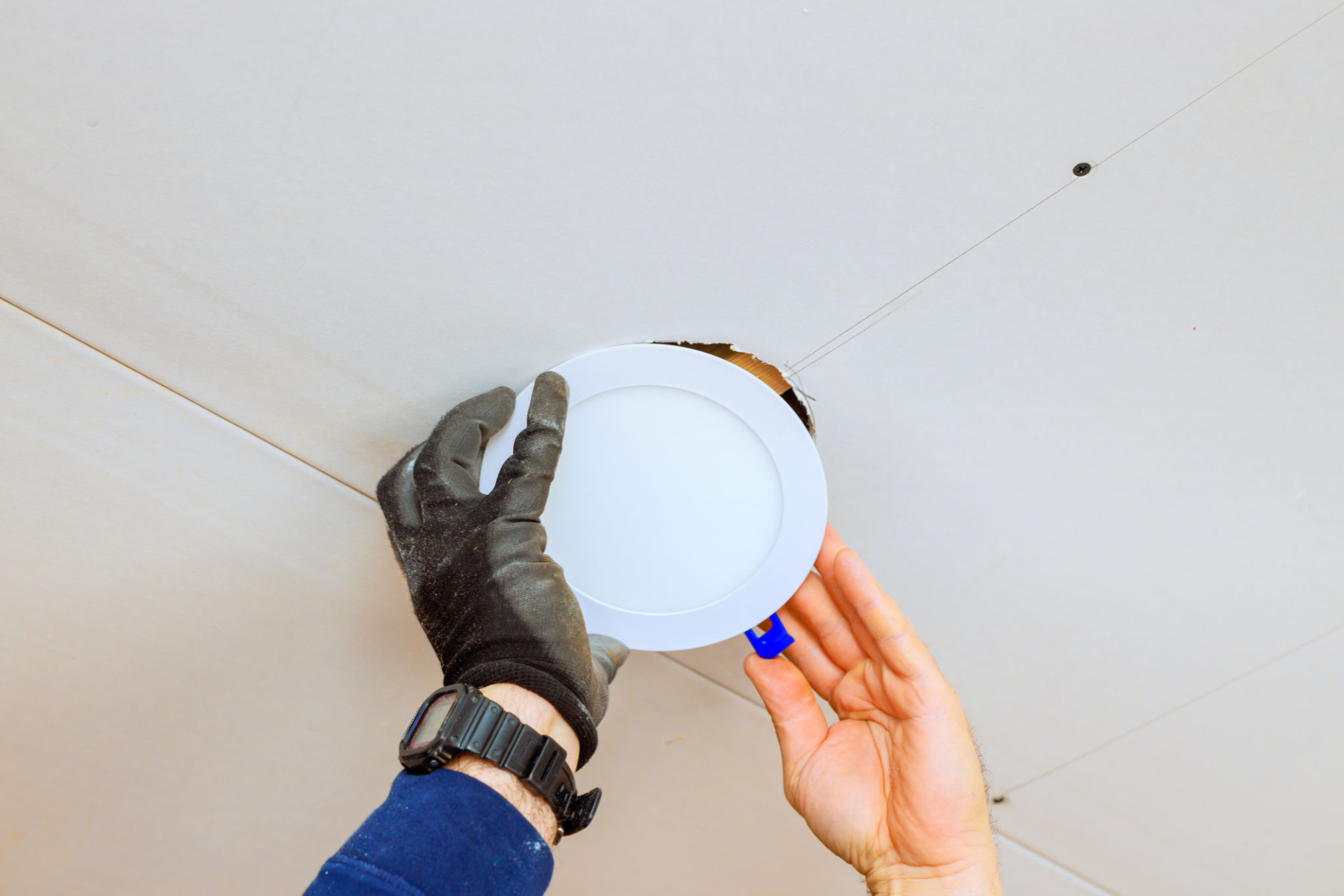Smart Lighting Solutions vs Traditional Lighting: A Comparative Guide
Understanding Smart Lighting Solutions
Smart lighting solutions have revolutionized how we illuminate our homes and businesses. These systems offer advanced features like remote control, automation, and integration with other smart devices, providing users with unparalleled convenience and customization. By using LED technology, smart lights are not only energy-efficient but also offer a range of color and brightness options to suit any mood or setting.
One of the most appealing aspects of smart lighting is its ability to be controlled remotely. Through smartphone apps and voice-activated assistants, users can adjust their lighting from anywhere in the world. This is particularly useful for those who travel often or want to ensure their home appears occupied when they are away.

Cost and Energy Efficiency
When comparing smart lighting to traditional lighting, cost and energy efficiency are significant factors. Although the initial investment for smart bulbs and systems may be higher, the long-term savings on energy bills can be substantial. Smart lights use LED technology, which consumes significantly less energy than traditional incandescent bulbs.
Moreover, smart lighting solutions can be programmed to turn off when not in use or dim automatically based on natural light availability. This reduces unnecessary energy consumption and extends the lifespan of the bulbs, offering further savings over time.
The Benefits of Traditional Lighting
Despite the advantages of smart lighting, traditional lighting remains popular due to its simplicity and familiarity. Many people appreciate the straightforwardness of flipping a switch without needing apps or Wi-Fi connectivity. For those who prefer a more hands-on approach, traditional lighting offers reliability without any digital complications.

In terms of upfront costs, traditional lighting is generally more affordable. Replacement bulbs are widely available and inexpensive, making it easier for households on a budget. Additionally, traditional lighting fixtures often have a classic aesthetic that some homeowners find appealing.
Ease of Installation and Maintenance
Another consideration is the ease of installation and maintenance. Traditional lighting is straightforward to install, requiring basic electrical knowledge or professional assistance. Once installed, it requires minimal maintenance beyond occasionally replacing bulbs.
Smart lighting, however, may require a more complex setup process, especially for those new to smart home technology. Configuring the system, connecting it to Wi-Fi, and integrating it with other smart devices can be challenging for some users.

Making the Right Choice
Choosing between smart lighting solutions and traditional lighting depends on individual needs and preferences. For tech enthusiasts who value convenience and customization, smart lighting offers a modern solution that aligns with a connected lifestyle. The ability to automate and remotely control lighting can enhance security and energy management.
On the other hand, those who prefer simplicity or are working within a tight budget may find traditional lighting to be sufficient. Its ease of use and lower initial cost make it an attractive option for many households.
The Future of Lighting
As technology continues to advance, the gap between smart and traditional lighting is likely to close. Innovations in smart technology could lead to even more cost-effective solutions, making them accessible to a broader audience. The integration of artificial intelligence and machine learning in lighting systems could further enhance their functionality and efficiency.
Ultimately, the choice between smart and traditional lighting comes down to personal preference and lifestyle needs. Both options have their merits, and understanding these can help make an informed decision that best suits your environment.
